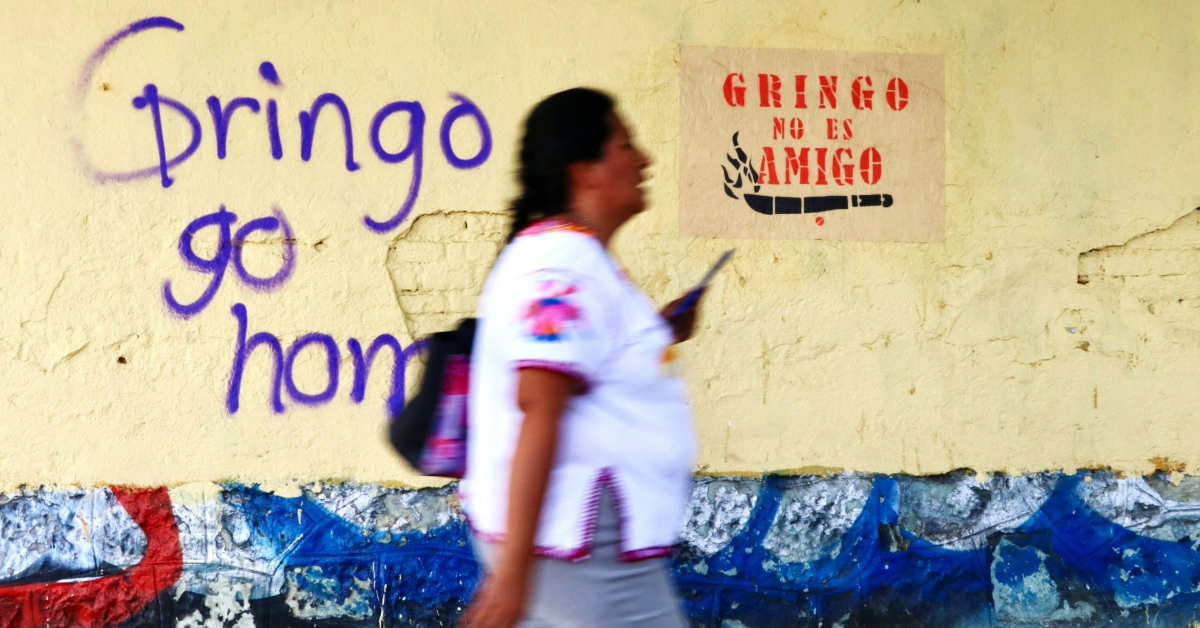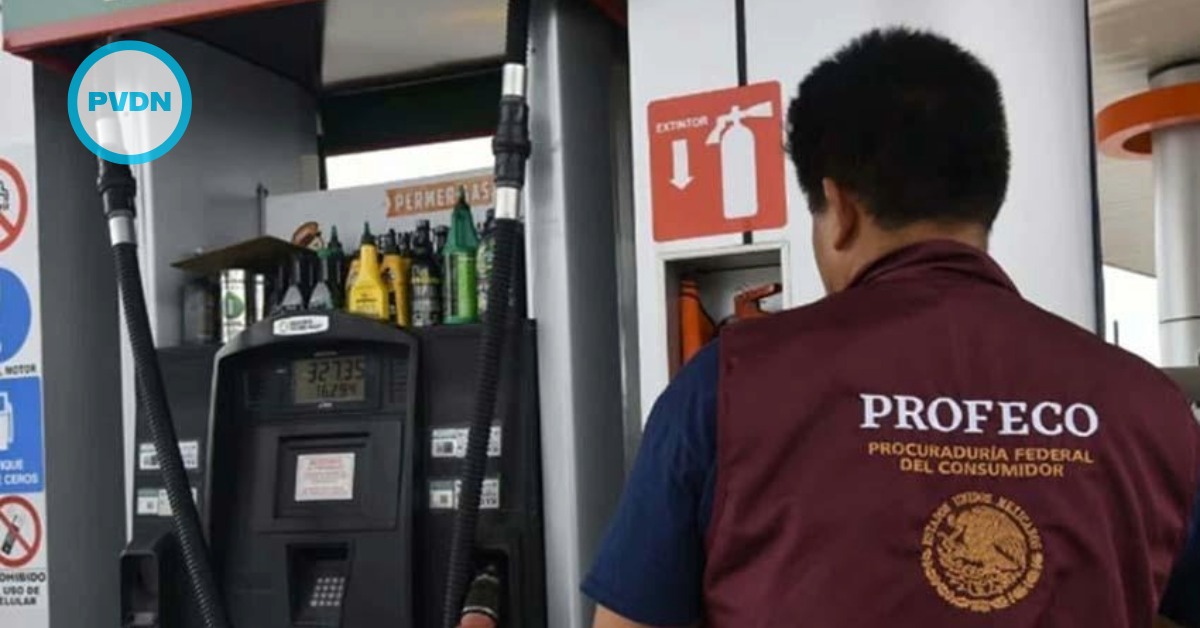Oaxaca de Juárez, the capital of the state of Oaxaca, has long been known for its vibrant culture, rich history, and picturesque neighborhoods. Yet, as the city continues to attract more visitors and new residents, the growing tide of gentrification is transforming the urban landscape—and the walls of the city are speaking out.






